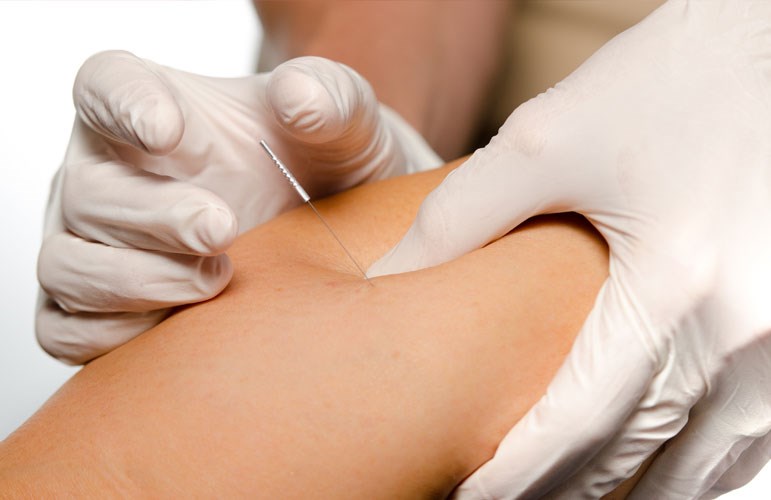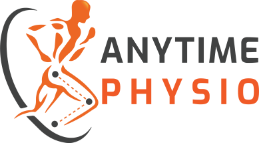
As a gym enthusiast, you know that lifting those heavy weights can cause some strain in your muscles. That’s why gym instructors often advise you to do a rest day or alternate your routine to give time for your muscles to relax. However, there are times when you push your muscles too hard that the pain won’t seem to ease!
A physical therapist would suggest that you try dry needling treatments to get through the pain. If you’re afraid of needles, then you may think that you don’t need such “scary” procedures! Before you make a decision, let us give you a brief discussion on what dry needling is and how it works.
What Is Dry Needling?
Dry needling is the process of inserting thin needles in your body to release muscle tension, pain, and soreness. These thin needles poke at those knotted areas in your muscles to achieve this relief!
Many people have used this technique for decades, but it’s only now that it has become an increasingly popular way to treat musculoskeletal pain. Most athletes and people with injuries take to dry needling therapy to relieve them of muscle pain. It may seem uncomfortable; however, they provide sweet relief for intense muscle pain and mobility issues.
A lot of people think that dry needling is the same as acupuncture—but they aren’t. While they both use needles, the actual procedure is different! In dry needling, when you insert the thin needles in the trigger points, it will release the muscles and go back to their resting length. This resolves the pain in your muscles and allows you to move in your full range of motion afterwards.
How Many Sessions Do You Need to See Results?
One dry needling session lasts about 20 minutes. Take note, however, that the results of each session depend on the problem you’re trying to resolve.
There are people who have seen significant results in just one to two sessions. However, for patients with chronic problems, dry needling is a way to manage their problem—meaning it will take much more sessions in a more regular schedule to resolve.
Other people use dry needling as part of a treatment plan wherein they include a succession of processes and treatments like stretching, massages, and joint mobilisations. There are a lot of benefits to dry needling, and it can help alleviate a wide variety of muscle concerns.
Will I Feel Any Pain?
One of the most frequently asked questions of most patients would be whether dry needling hurts. It is an understandable question, as we often think of pain when we hear the word needle! The truth is that the part where the thin needle is inserted does not hurt—it’s mostly fear and anticipation that causes you to “feel” pain. The needles used are very thin; they usually go into your skin without much resistance.
Conclusion
Dry needling is a good treatment for relieving muscle pains and certain chronic conditions. It isn’t as painful as it may seem, and a lot of people have sworn on its effects. Given that, if you do plan on relieving those sore muscles, try dry needling first! It may just provide you with the relief you need to get you through the day.
Are you looking for a physiotherapist clinic that offers dry needling services in Brisbane? Anytime Physio has got what you need! We are a family-owned Brisbane Physiotherapy clinic offering cost-effective physiotherapy, remedial massage, and pilates services. Give us a call today to find out more about our services!

